Posted on 4/30/2024
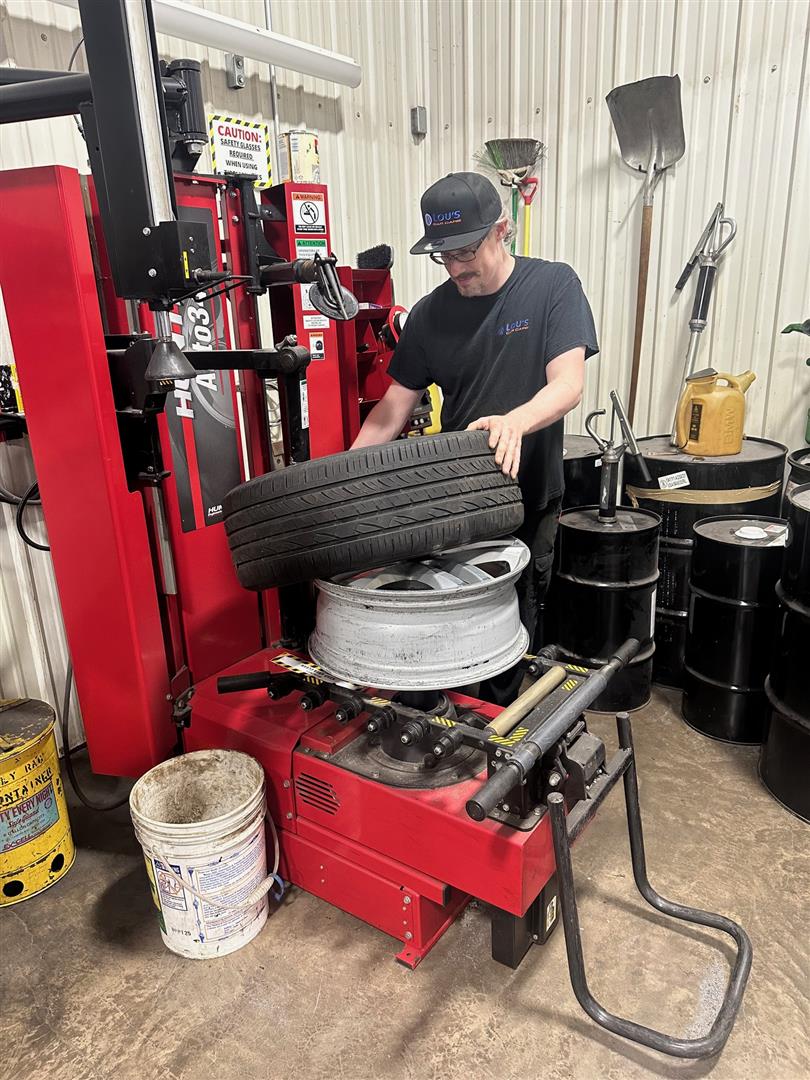
Are you wondering how new tires are installed on your vehicle? Changing your tires is essential to ensure your safety, improve your driving experience, and prevent accidents. But if this is your first time changing your tires, you might be feeling overwhelmed with the process. In this blog, we'll explain the steps involved in how new tires are installed on your car. There are a few signs to look out for. If you notice your tires are wearing unevenly, or if you see any cracks or bulges in the sidewalls of your tires, it's time to get new ones. If you often drive in rainy or snowy conditions, it's a good idea to check your tires' tread depth regularly. Tires with worn-down treads won't be as effective at gripping the road, which can be dangerous. Once you've determined that it's time for new tires, it's time to ... read more
Posted on 10/10/2023
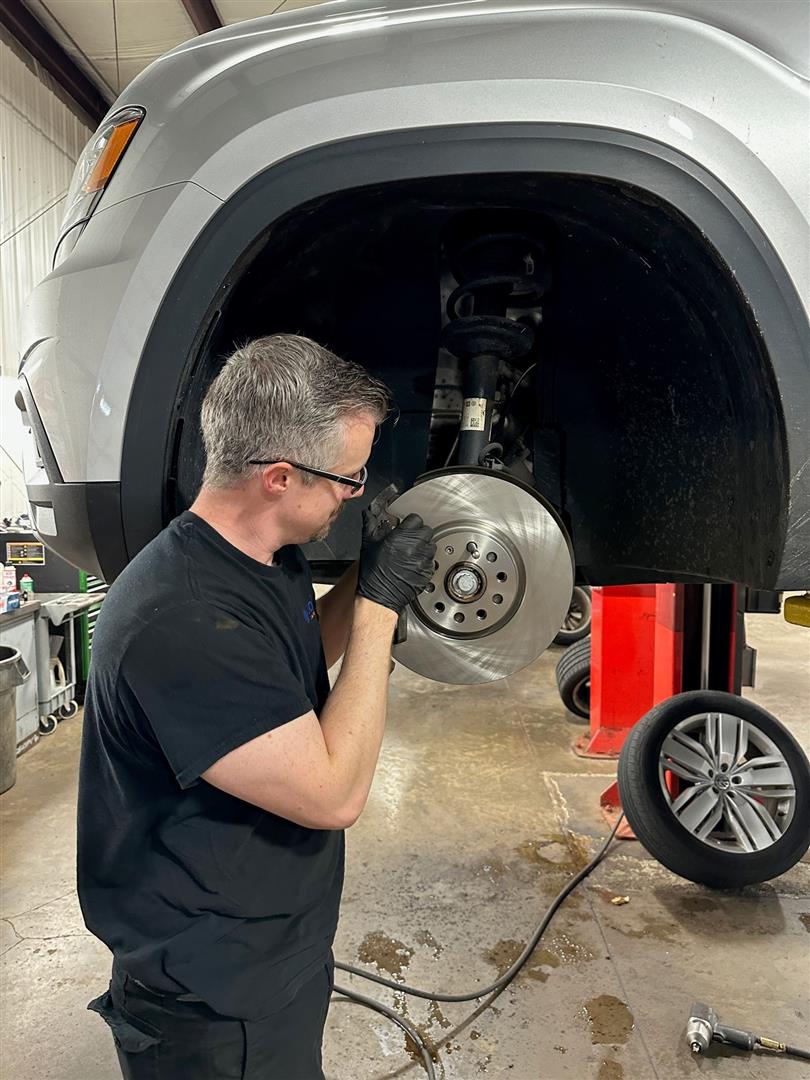
Vehicle maintenance is crucial to extend its lifespan. And prevent costly repairs down the road. That’s where preventative maintenance comes in. Preventative maintenance helps prevent potential issues from becoming bigger problems. Let's take a closer look at what exactly preventative maintenance is, why it’s important, and some practical tips you can follow. What is preventative maintenance? Preventative maintenance involves routine services like oil changes, tire rotations, and brake inspections. These services aim to prevent issues from becoming serious problems. By keeping up with these regular checks, you can extend the life of your vehicle. And avoid costly repairs down the road. Why is preve ... read more
Posted on 8/31/2023
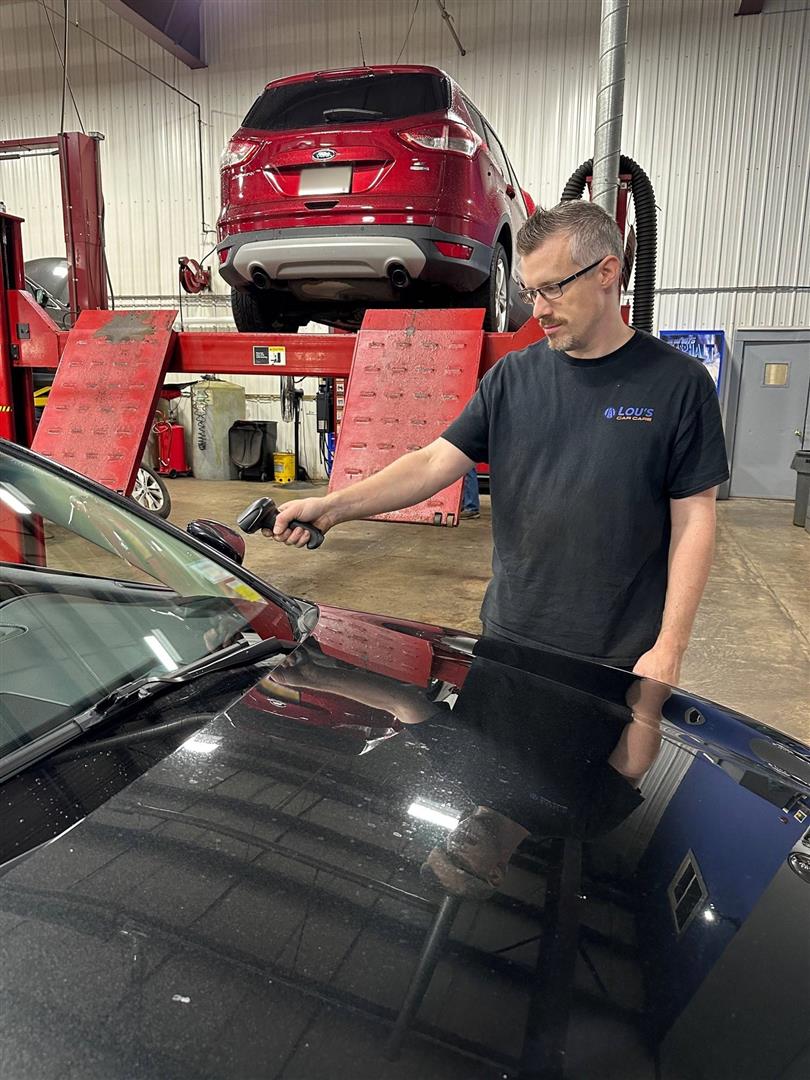
Is your car ready for a New York State (NYS) inspection? It's important to do this for a few good reasons. These inspections help keep our roads safe and lower the harmful stuff that cars put into the air. Let's talk about why you should get an NYS inspection and what goes on when your car gets checked. It's the law Every car registered in New York has to go through a checkup every year. This makes sure that all cars driving around meet the least amount of safety and clean air rules made by the DMV. More safety Getting your car inspected in NYS can help make sure you and the people with you are safe. This check looks at really important parts of your car like the brakes, lights, and tires. If something's not working right, they can tell you an ... read more
Posted on 5/22/2023
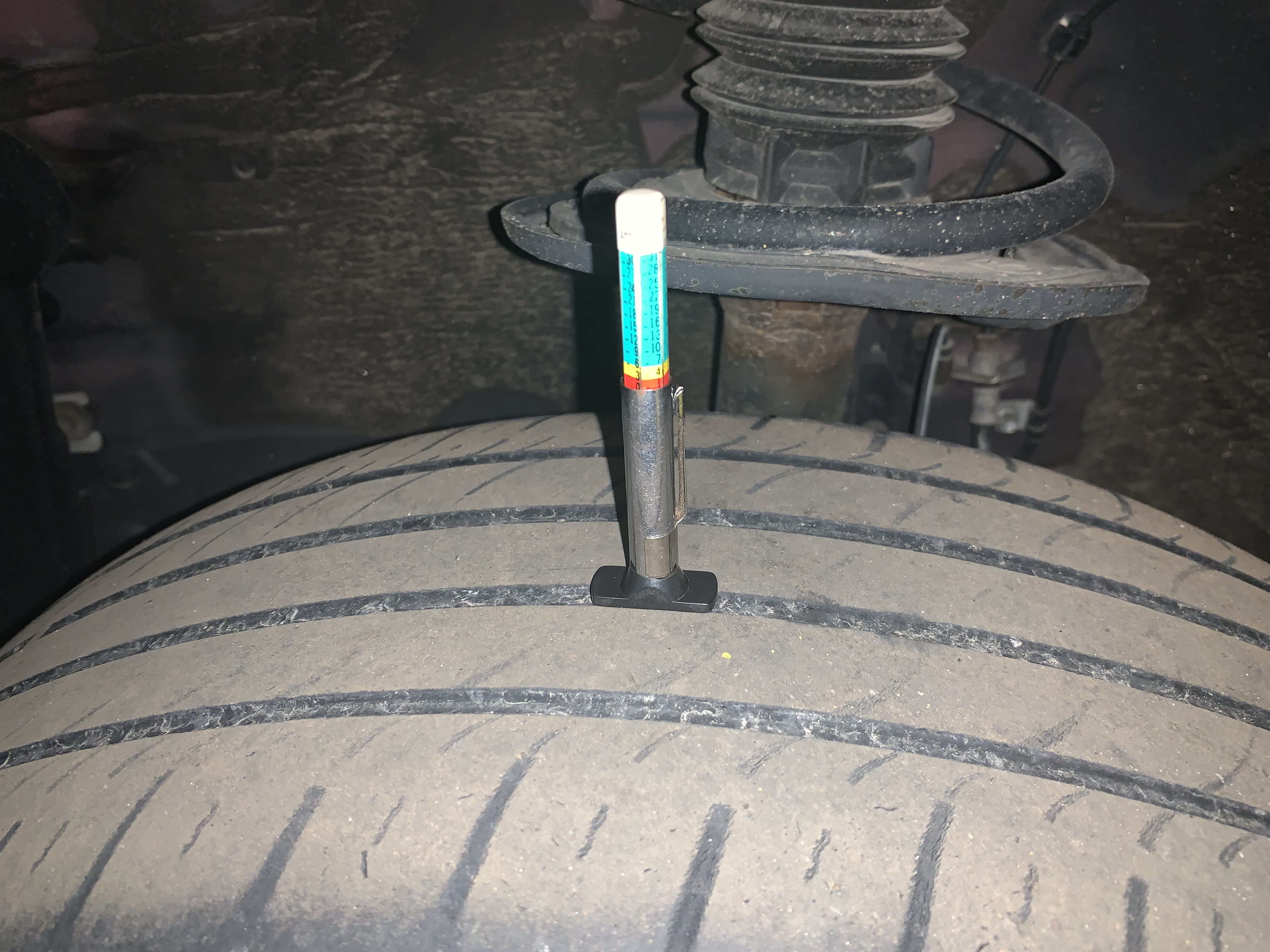
Tires play a critical role in keeping you safe on the road. It is important to maintain your tires and check their levels of wear and tear periodically. Tire tread depth is an essential feature of tire maintenance that every vehicle owner should know. It is the measurement of the space between the top of the tire tread and the bottom of the groove that runs around the circumference of the tire. Learn more about the importance of tire tread depth, and how it impacts your safety on the road. Better Traction and Grip: Tire tread depth plays a crucial role in maintaining traction and grip on the road. The tire tread grooves are designed to channel water, snow, or mud from the tire's contact patch with the road. This helps in maintaining traction, stability, and control while driving. Tires with adequate tread depth provide better grip on wet, slippery, uneven roads ... read more
Posted on 5/12/2023
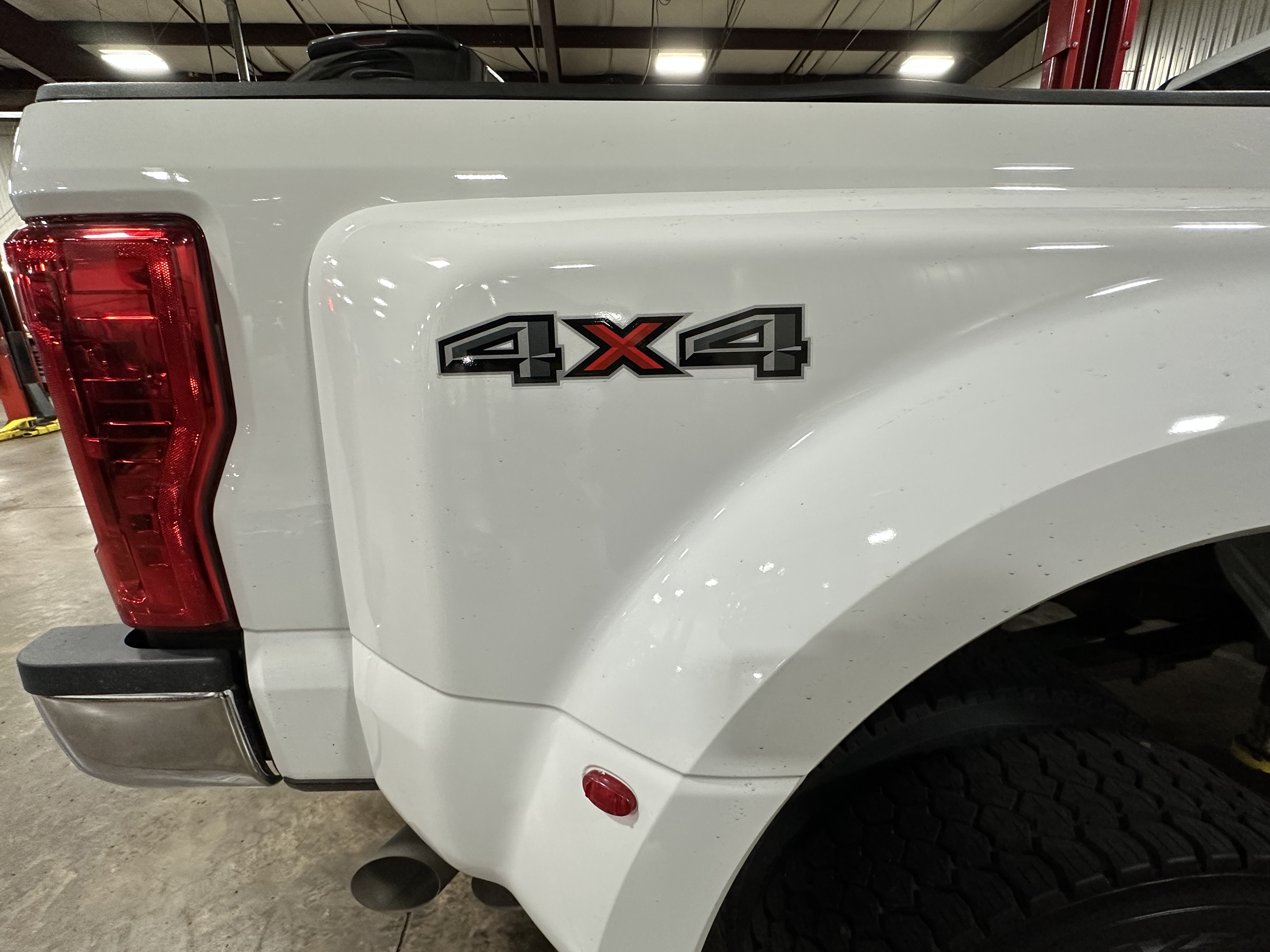
When it comes to choosing a vehicle, you may have come across the terms AWD and 4WD. These two terms may sound similar, but they refer to two different types of drive systems in a vehicle. Understanding the difference between AWD and 4WD is important. Especially if you are looking to buy a vehicle that can handle challenging terrain or weather conditions. Learn more about their key differences to see which one is right for your driving needs. AWD stands for all-wheel drive. This means that all four wheels receive power from the engine at the same time. This type of drivetrain is found in cars and SUVs. And it offers better traction control and handling in slippery conditions. AWD systems can distribute power between the front and rear axles depending on the driving conditions. This means that AWD vehicles can handle snowy or wet roads better than 2WD vehicles. AWD is also useful for drivers who encounter varying road conditions. And drive on city streets ... read more
Posted on 5/5/2023
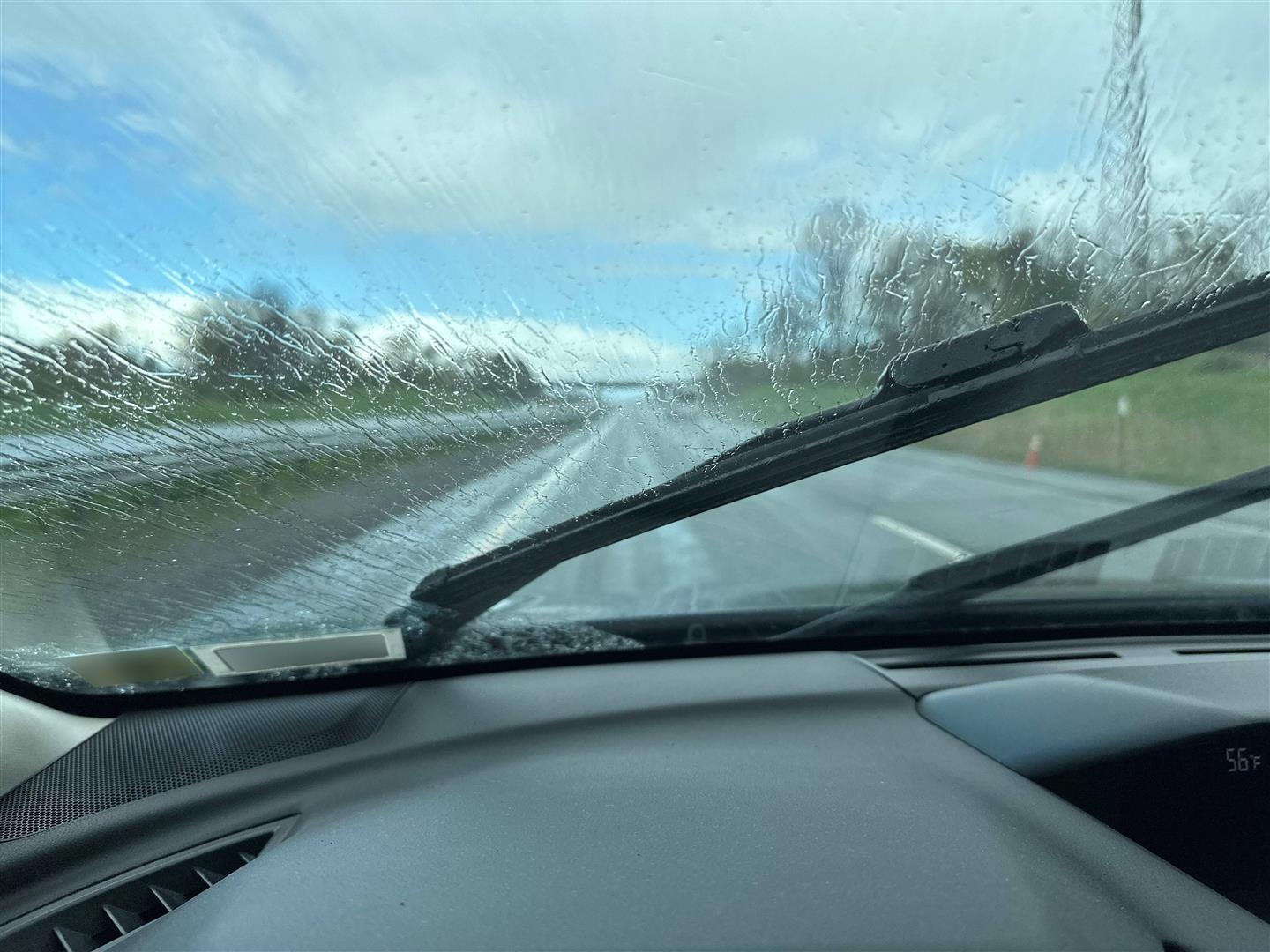
Driving in rainy conditions can be a challenge, especially when you're faced with hydroplaning. Hydroplaning happens when your car's tires are unable to grip the wet roadway. And causes it to slip and slide around. This can be a dangerous situation, especially at high speeds. So, what can you do to stop your car from hydroplaning? Here are some helpful tips to keep you safe while driving in the rain. Slow down: The first and most important thing you can do to prevent hydroplaning is to slow down. The faster you're driving, the more likely it is for your tires to lose traction. If you notice rain or standing water on the roadway, immediately reduce your speed. This will give your tires more time to grip the road and prevent hydroplaning. Check your tires: Your tires are the only part of your car that comes into contact with the road. That's why it's importan ... read more
Posted on 4/28/2023
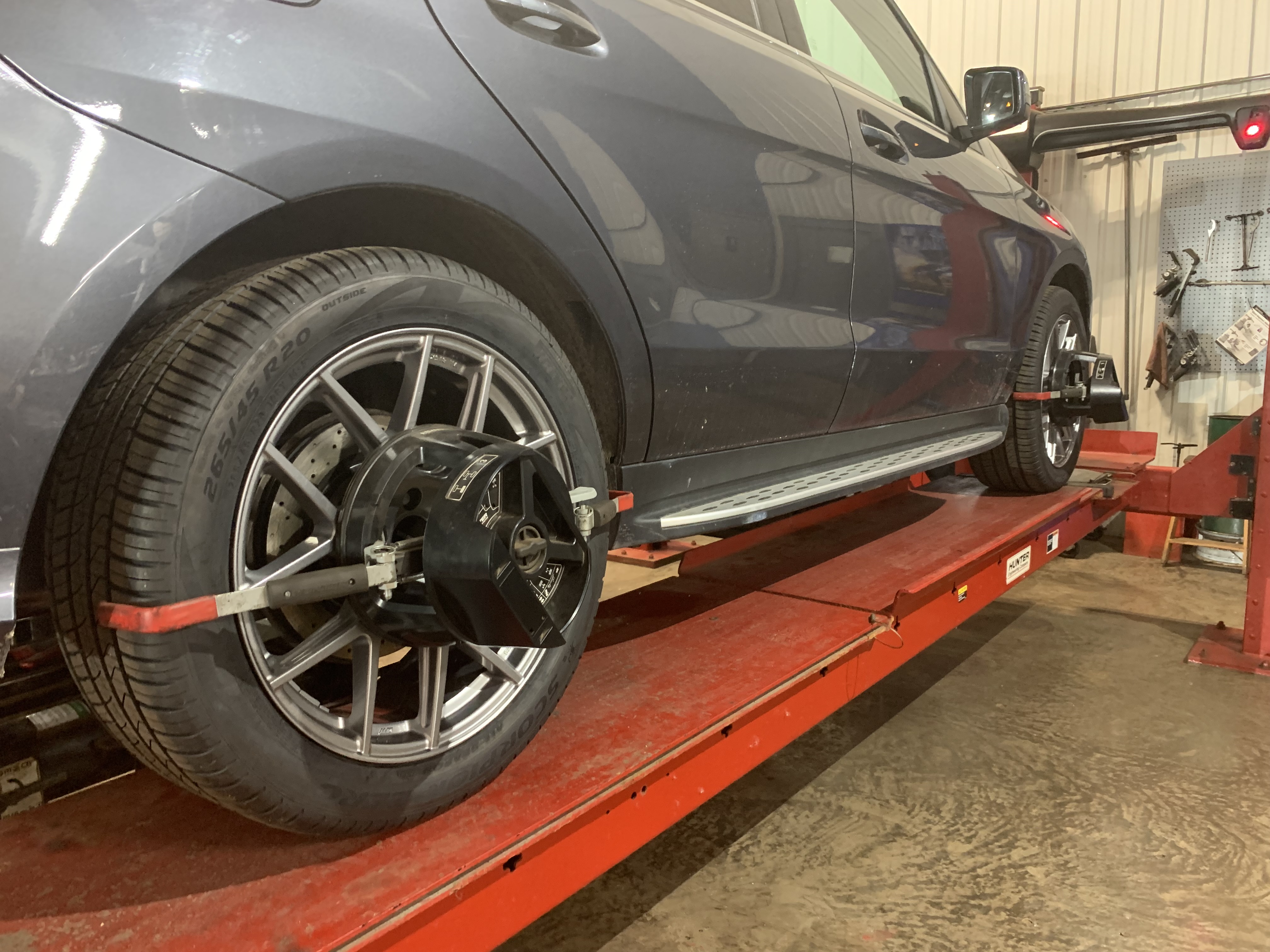
Have you ever experienced your car pulling to one side while driving? This can be a frustrating and even dangerous problem. Pulling can cause premature wear and tear on your tires. This can lead to reduced fuel economy and compromising your driving experience. To ensure a safe and comfortable drive, it is important to understand why your car is pulling to one side. Learn more about the reasons behind this problem and what you can do to to fix them. Wheel Alignment Issues One of the most common reasons for your car pulling to one side is related to wheel alignment issues. Your car's wheel alignment can be thrown off by several factors such as hitting a curb, potholes, or worn out steering components. When this happens, the alignment of the wheels can become misaligned. This can lead to uneven wear on the tires and pulling to one side. A simple alignment service can help get you back on track in no time. Uneven Tire Wear Your tires play a critical role ... read more
Posted on 4/21/2023
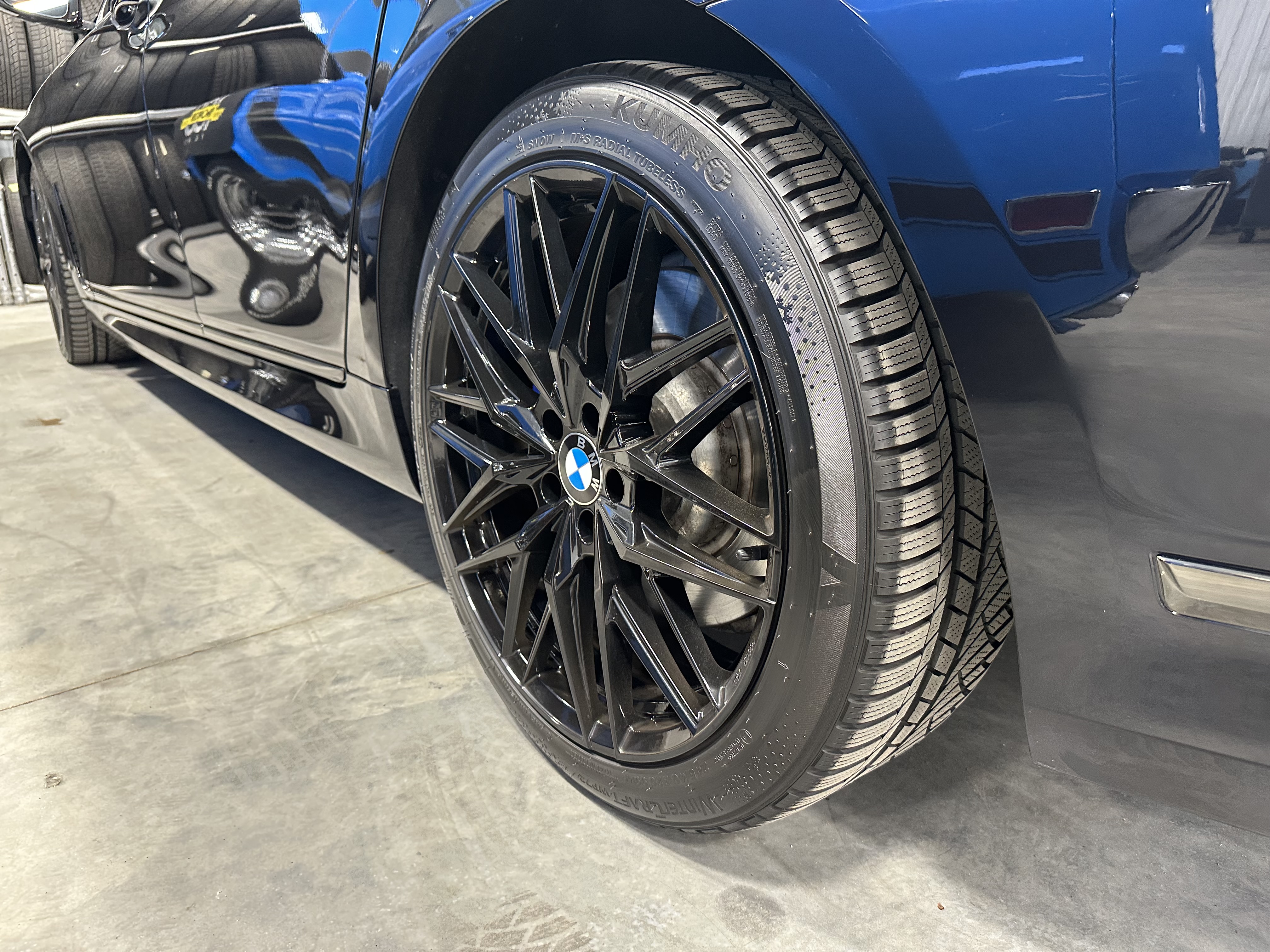
Low-profile tires are becoming popular among drivers who want to improve the performance and look of their vehicles. But what exactly are low-profile tires, and why are they so beneficial? Let's take a closer look at what these tires have to offer. What Are Low Profile Tires? Low-profile tires are sometimes referred to as "low-pro" or "high-performance" tires. They have a short sidewall height compared to other standard tire sizes. This means that the distance between the wheel rim and the tread is shorter than it is on regular tires. This gives the tire a lower profile—hence the name—and makes it appear larger in diameter than it actually is. What Are The Benefits Of Low Profile Tires? The benefits of having low-profile tires can range from improved performance to better road handling. A ... read more
Posted on 2/28/2023
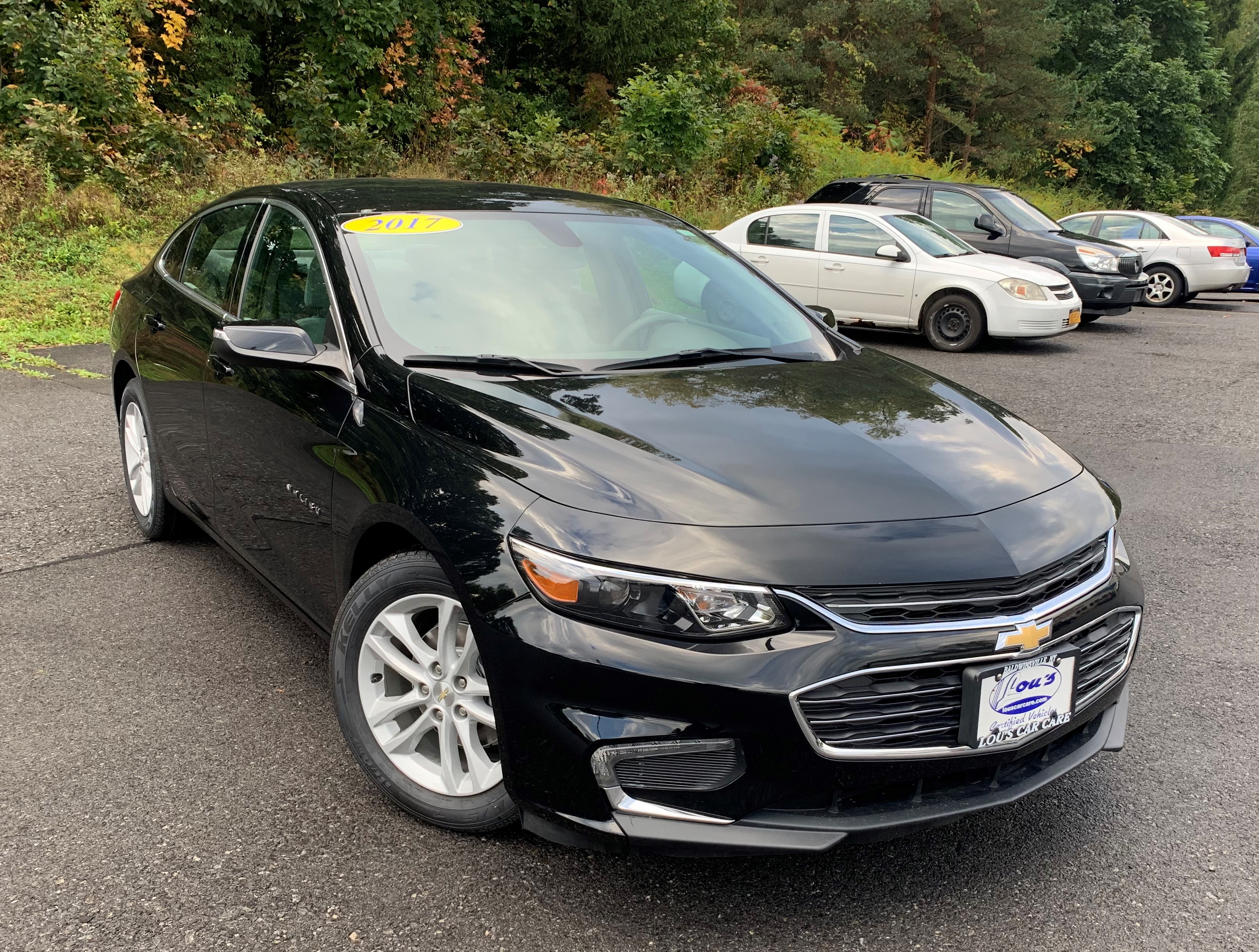
Making the decision to repair or replace your car can be tough. On the one hand, you don’t want to sink too much money into an old car – but on the other, you don’t want to spend more than you have to. Before making any decisions, weighing each option’s pros and cons is important. Let’s break it down for customers looking for guidance. Assessing Your Car’s Condition The first thing to do before deciding whether to fix or get rid of your car is to assess its condition. If your car is newer and still under warranty, many repairs may be covered by the manufacturer. And that makes it easier to decide whether to keep it or not. If it’s an older model, other things need to be taken into account. Consider how much money you have already invested in repairs versus how much longer you think the car will last if fixed again. Inv ... read more
Posted on 2/14/2023
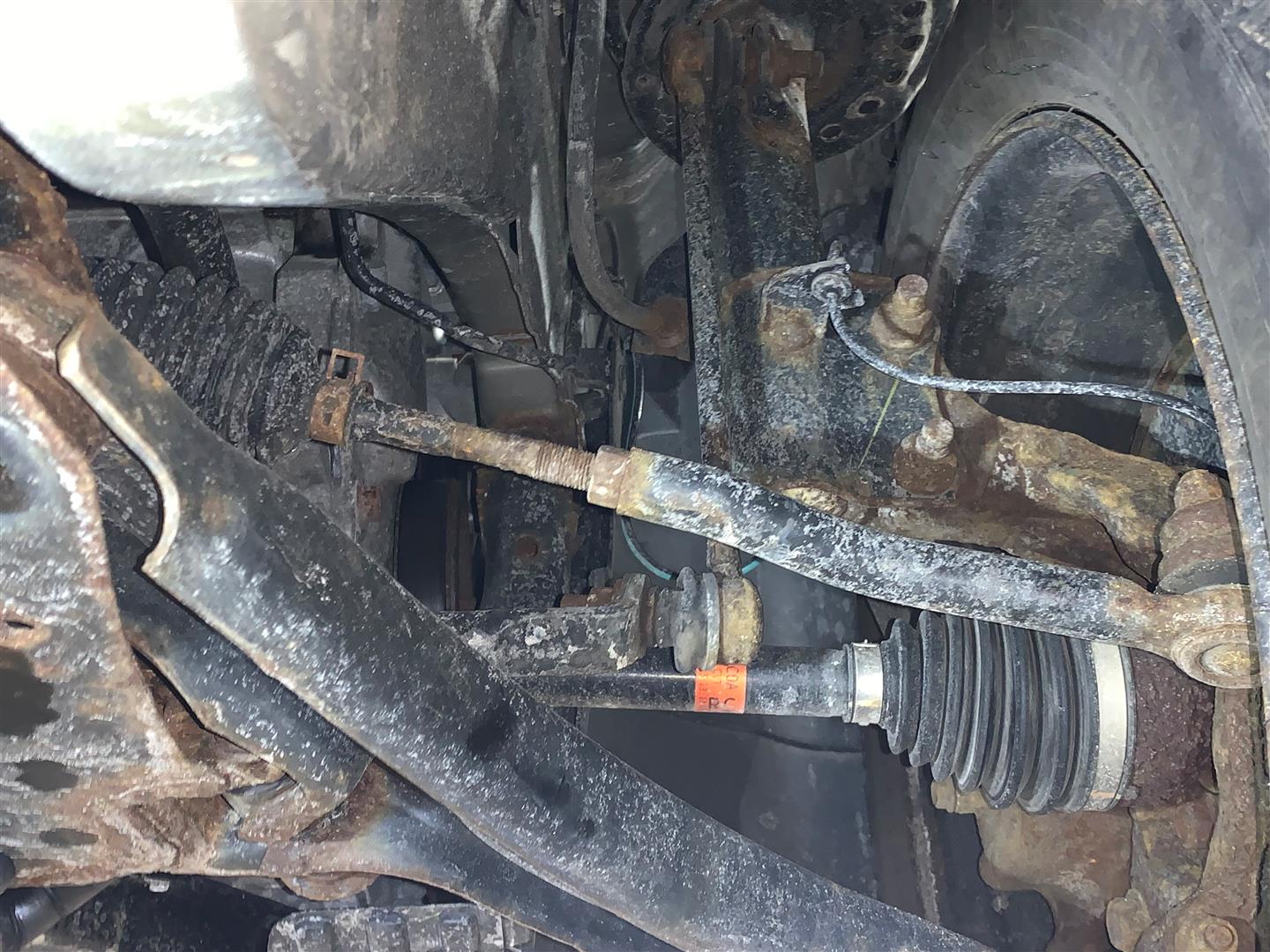
Owning a car can be a great joy, but it is also important to understand the basics of vehicle maintenance. One component that is often overlooked is the tie rod. This plays an important role in your car’s steering system. Learn more about what a tie rod is and why it is so important for both safety and performance. What Is a Tie Rod? A tie rod is a metal bar that connects two parts of your vehicle’s steering system together. It helps to keep your wheels aligned. And ensures that the movement of one wheel is transferred to the other wheel. This keeps you driving straight or turning in the direction you want. The tie rod also helps to absorb some of the impacts from bumps in the road. Or sudden shifts in weight as passengers get into or out of the ... read more